SALMON ARM – A hard market cycle for the insurance industry is making it harder for some farmers to get insurance coverage.
It took four months for Mara dairy farmers Quentin and Daniela Bruns to secure insurance for their 180-acre certified organic operation with about 65 cows.
Their struggle to find an insurance company willing to cover their farm, Hamberlin Holsteins Ltd., was exacerbated by claims for a burned tractor in 2019 and a new barn roof lost in a wind storm in 2020.
Typically, such clients remain with their insurer until the claims are off their history but the insurance company covering the Bruns pulled out of the industry.
“I know we have two claims; I don’t want to be the bleeding heart and say, ‘Oh, poor me.’ But that’s what insurance is for. And at the time, they didn’t say don’t claim it because you’ll never get insurance again,” notes Daniela Bruns. “But, you know, when you start thinking about the fact that you have no insurance, fire insurance, I go to bed pretty nervous sometimes. I think, ‘Holy sh*t, that’s scary.’”
Commercial risk advisor Rosy Mounce of broker CapriCMW in Salmon Arm initially contacted 20 insurance companies to find coverage for the farm. Not one said yes.
“We went back to the insurance companies we thought were the best candidates and we pushed harder,” Mounce says. “We said, ‘You not offering them any options is going to be the difference between this farm operating and not.’ There’s the social responsibility here. These are farmers; we need to support them.”
Bruns says initial quotes came in at $35,000 but they brought the cost down by splitting their insurance between two companies, undergoing a credit check, and only insuring the house, dairy barn and shop/hay shed.
The trailer used by an employee and another being rented are only covered for liability.
“You’ve got to insure what makes you money, what brings in your income at least,” she adds. “Everything else we would just have to accept as a loss, which is pretty nuts.”
They are relieved to have coverage but even with less insured, the price increased to $21,000 from $18,000 last year.
Bruns initially contacted the BC Dairy Association to find help securing coverage.
BCDA producer and public affairs director Christine Terpsma said just the one producer has contacted them about insurance challenges.
Bruns did eventually get The Co-operators to have a look at their file but Mounce had a tentative plan worked out by then.
The BC Ministry of Agriculture, Food and Fisheries has fielded about six inquires about the high cost of commercial insurance for individual farm businesses and farmers institutes.
“We understand the impacts of rising insurance costs on farmers seeking to re-insure their properties,” states the ministry. “It’s important to note that government does not set insurance rates or regulate pricing. The factors that are contributing to higher insurance prices are occurring all over the world.”
Mounce has 18 years of experience in the insurance industry, 16 of them in farm insurance.
She says the current hard market was triggered after a 10-year soft cycle of constant insurance rates was followed by several years with catastrophic climate events – fires in Kelowna and Fort McMurray, flooding in Calgary – resulting in billions of dollars in losses. Insurance companies were paying out more than they were bringing in.
As a result, some pulled out of the industry, others stopped providing certain classes of insurance, such as farm, and many changed qualification criteria and upped their rates.
“That’s all it took to completely disrupt the whole industry,” says Mounce.
She estimates a quarter of her farm clients are having significant problems acquiring insurance.
“Like they genuinely are questioning if they will be able to get coverage and if they can, if they will be able to afford it.”
Mounce says it is important that producers understand the factors that can result in higher rates. This includes houses with old wiring and plumbing, the age or condition of a home or agricultural operation, and claims history.
“The insurance companies that are out there, they’re benefitting from 100 years of claims experience. They have the numbers on how much they pay out for every dollar of insurance they bring in.”
She has proactive conversations with her farm clients to ensure they are not being complacent about how much coverage they have, what is being covered, when to make a claim, or what they can do to bring down their rates.
“Do I invest in my property to make it more attractive to an insurance company? I always think that’s a better solution than spending more money on insurance,” she notes. “It’s a lot more fun to deliver good news than it is bad but these last two years has taught us that I would rather deliver bad news up front than put people through what some of our farms have gone through.”
No easy solution
CapriCMW worked with consultants to explore the captive insurance market as a possible solution for agricultural producers but found several drawbacks.
“When you look at a captive, you only want to make sure you’re only taking on farms in excellent, best of class condition because it’s literally your money out of your wallet that’s going to pay for your neighbour’s barn that burned up,” explains Mounce. “When we talked with these consultants, they all ultimately came back and said if you don’t have $5-10 million in premiums being spent on insurance, it won’t work. So $5 million in premiums with an average farm paying $10,000. How many farms is that? That’s a lot of farms and they have to be the best quality.”
Mounce says group insurance can work for some types of agriculture but the farms often have to fit into a specific box for it to work, something often not achievable.
Mounce suggests the government could have a role in aiding farmers by providing a rebate program or grants.
Making insurance more attainable will attract more and new companies into the market.
She says the hard market cycle with rising rates will continue until insurance companies are once again earning healthy profits.
“It’s not good news for farmers to hear that rates are going to continue to go up but we can’t leave it where there’s only a handful of insurance companies offering coverage and then a bunch of people don’t get coverage,” she says. “It’s not enough just to acknowledge that this was bad. Let’s not be in this situation again in the next 10 years. Let’s find a way to make this more sustainable, to make the pricing sustainable.”
Bruns sleeps better now that they have coverage but she says solutions are needed to prevent farms from collapsing under the cost and stress of obtaining and retaining insurance.
“We’re a small farm and when you start to have to pay those kinds of amounts, it’s just not sustainable. We can’t do that every year,” notes Bruns.

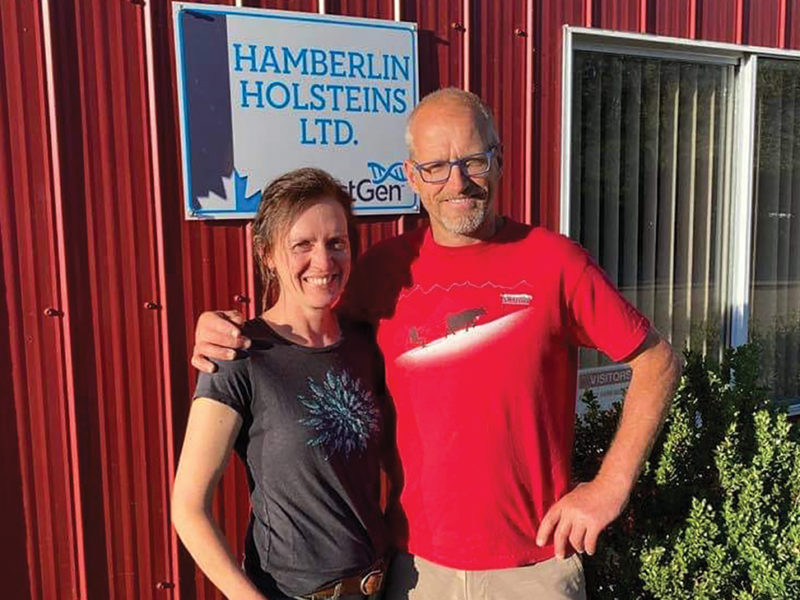
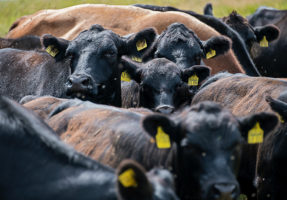

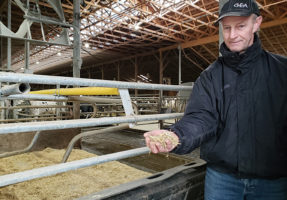

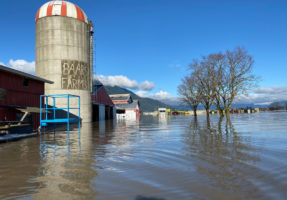
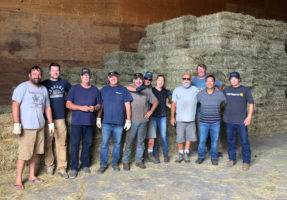
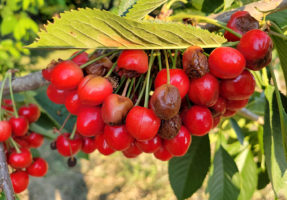



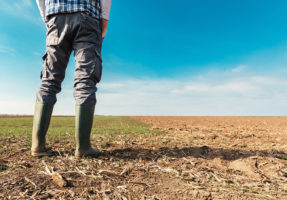
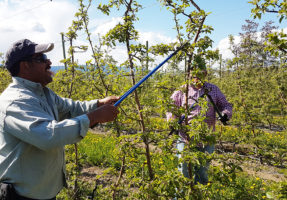
 BCAC shifts to advocacy
BCAC shifts to advocacy